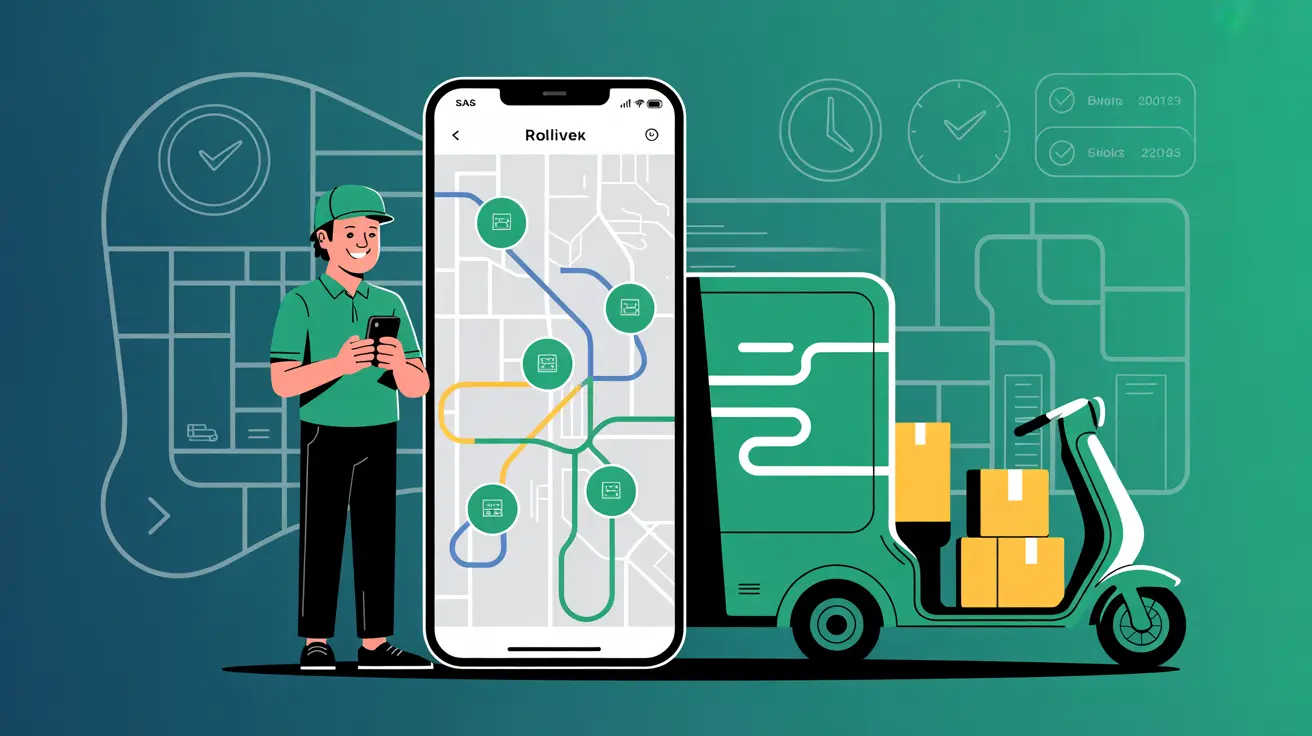Optimizing routes with urgent deliveries: tactics for planners under pressure
%20(4).webp)
Urgent deliveries put even the most experienced logistics teams to the test. When time is limited and margins of error are minimal, every decision counts. From correctly assigning orders to prioritizing routes, the role of the planner becomes key to making everything work smoothly.
But how do you achieve efficiency when everything is urgent? What tools and strategies allow us to respond with agility without compromising service quality?
The challenge of managing urgent deliveries
In sectors such as e-commerce, food or the distribution of pharmaceutical products, urgent deliveries are the daily bread. These operations usually involve very tight time windows, customers with high expectations and journeys that should reorganize as you go.
The planner, in these cases, needs:
- React quickly to changes or new urgent orders.
- Ensure that priority deliveries do not negatively affect others.
- Maintain full visibility over the operation in real time.
In this context, traditional planning based on spreadsheets or manual calls is not enough. An adaptive strategy supported by advanced technology is needed.
Tactics for accurately planning urgent deliveries
1. Dynamic prioritization of deliveries
Not all emergencies carry the same weight. With tools such as Routal Planner, is it possible assign a priority level to each order, or a secure delivery window, allowing the system to reorganize routes so that the most urgent routes are taken care of first without compromising the rest of the route.
This avoids the common mistake of “manually inserting” an urgent delivery, causing delays on the rest of the route. Or, if it is essential, to know how to calculate the impact that this manual modification will have.
2. Real-time monitoring
A platform with live tracking allows you to quickly detect any incident: a stopped vehicle, an unexpected delay or traffic congestion. Thus, the planner can make quick decisions and reoptimize routes automatically or assisted.
In addition, with this visibility, notifications can also be sent to the customer, improving the experience and reducing anxiety about waiting.
3. Operational flexibility
Emergency scenarios require flexible logistics resources: additional vehicles, adaptable shifts or the ability to reassign tasks between delivery people. A tool like Routal makes this management easier, showing on the screen the capacities available at all times.
This flexibility also applies to planning: multiple route versions can be generated and validated according to different criteria (time, cost, customer priority, etc.).
4. Simulation of scenarios
A very useful tactic for the planner is the simulation of alternative routes. This allows us to answer questions such as:
- What happens if I reorder this delivery at the end?
- What if I move this urgent order to another courier?
- What impact does this new delivery have on time compliance?
Routal offers this capability, allowing you to visualize the impact of each change before executing it.
How Routal helps planners in stressful situations
Pressure doesn't go away, but it's better managed with clear information, reaction options and tools that They automate the repetitive.
With Routal, planners can:
- Assign urgent orders with one click, prioritizing by customer type, time window or SLA.
- Visualize routes and deliveries on interactive maps with real-time updates.
- Receive alerts if a delivery is at risk of non-compliance.
- Reoptimize routes without having to redo them from scratch.
This transforms the way we work: instead of putting out fires, the planner becomes an efficient resource orchestrator.
Best practices for optimizing under pressure
- Anticipate urgency as part of daily planning: leave reserve capacity and space on routes for unforeseen events.
- Digitize communication with delivery people and customers: no calls. Automatic notifications and integrated asynchronous messaging.
- Train teams in the use of planning tools: it's not enough to have technology, you have to know how to use it well.
- Review key KPIs on a daily basis: on-time deliveries, percentage of successful replans, level of service by type of customer.
Managing urgent deliveries is not earned by running more, but making better and faster decisions. Pressure is not eliminated, but it can be channeled thanks to intelligent planning, operational visibility and the support of tools such as Routal Planner.
When every second counts and every cent matters, having the right technology can make the difference between a chaotic operation and an efficient delivery.




%20(17).webp)
%20(15).webp)
%20(14).webp)


.png)


